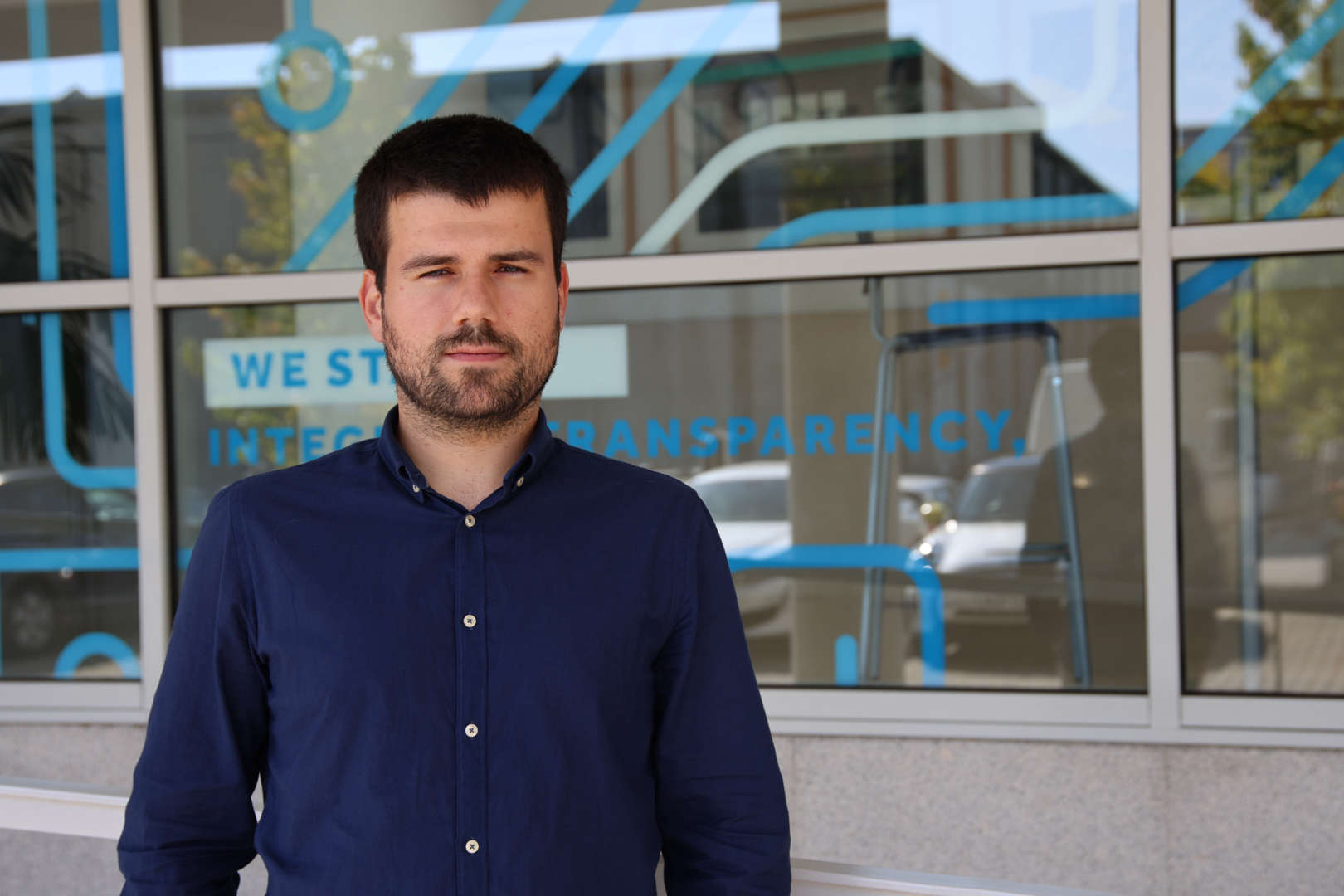About
Ricardo Barbosa Sousa was born in Vila Nova de Gaia, Portugal, in 1997. He obtained a M.Sc. degree in Electrical and Computer Engineering (integrated course) from the Faculty of Engineering of the University of Porto (FEUP) in 2020. Currently, he is pursuing a Ph.D. degree in Electrical and Computer Engineering at FEUP and has a research scholarship at CRIIS - Centre for Robotics in Industry and Intelligent Systems from INESC TEC - Institute for Systems and Computer Engineering, Technology and Science. His main research interests are automation, calibration, control, localization and mapping, mobile robots, and sensor fusion.


